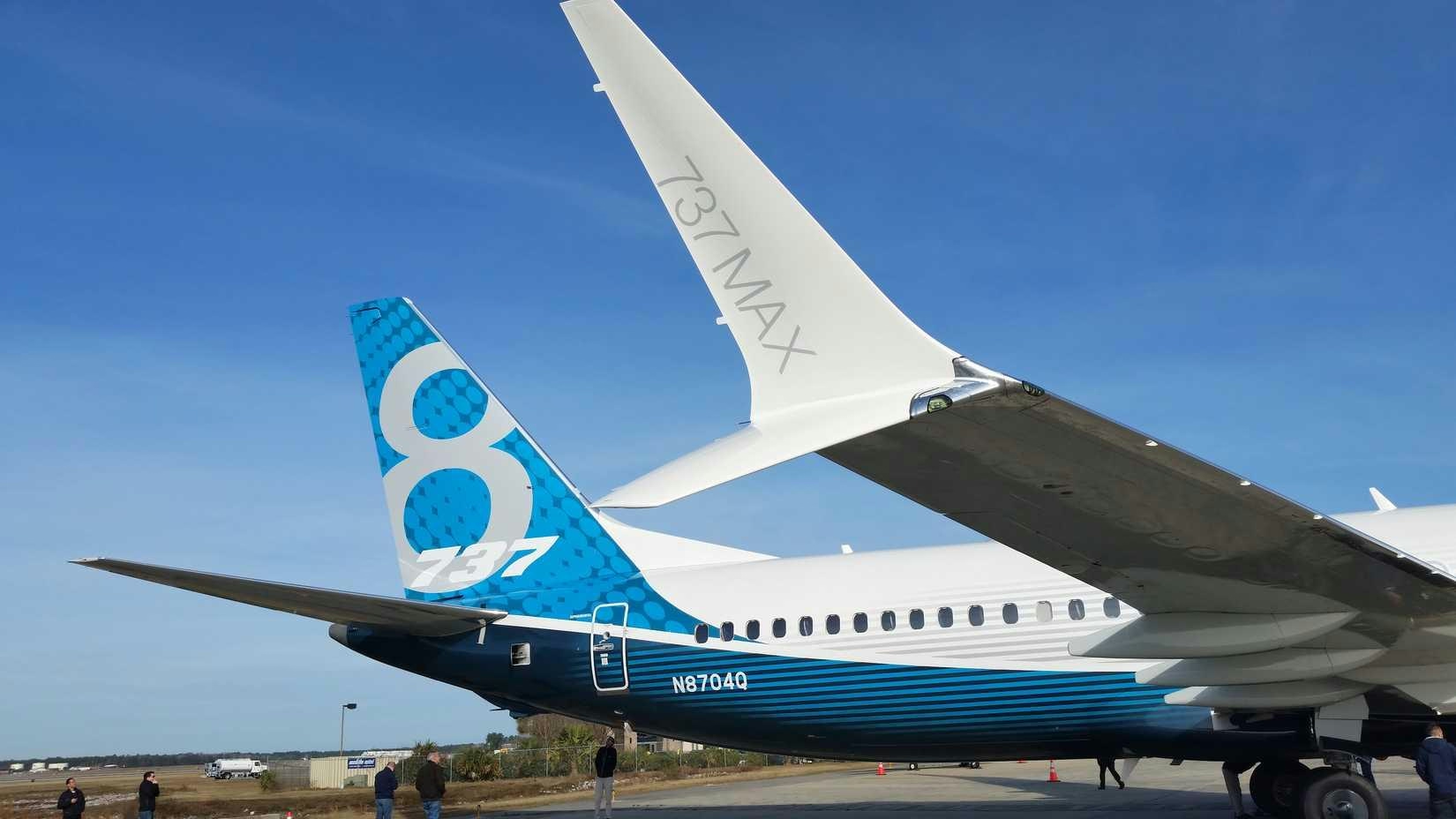
AeroGenie: il tuo copilota intelligente.
Tendenze
Categories
Pratt & Whitney at 100: Engines That Shaped Generations
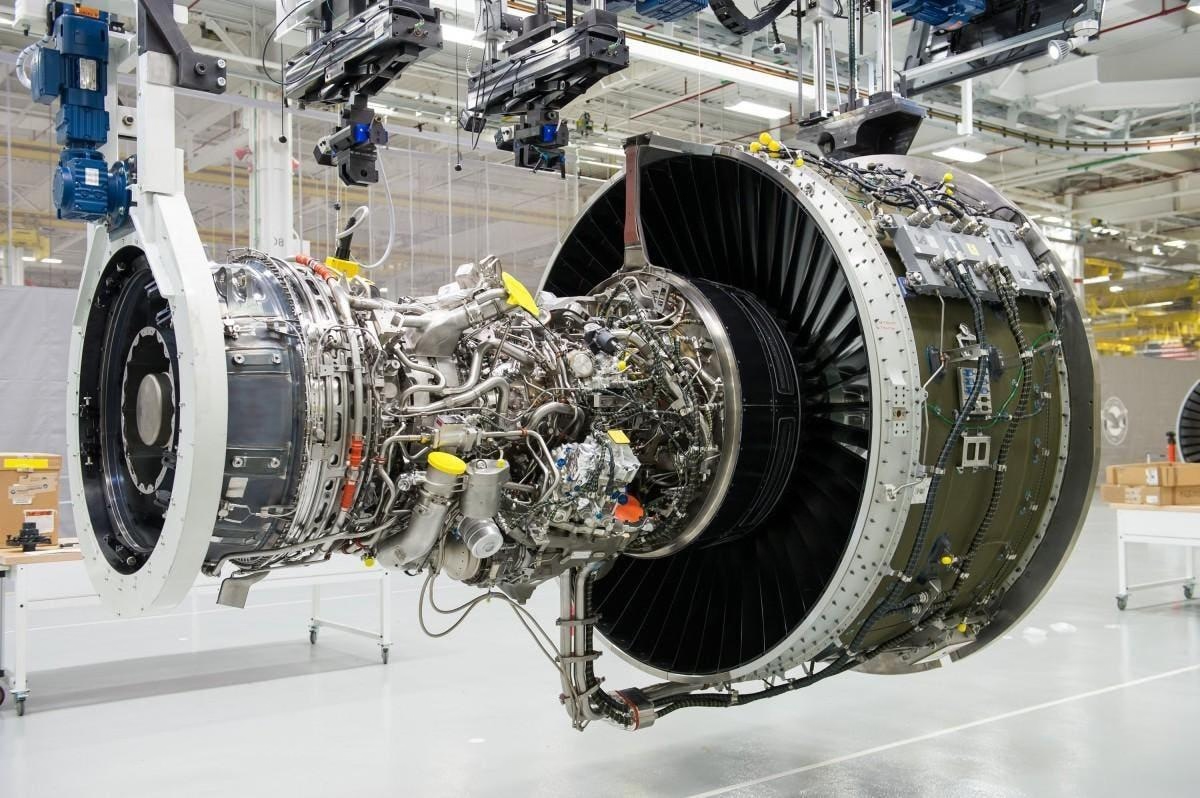
Pratt & Whitney at 100: Engines That Shaped Generations
As Pratt & Whitney commemorates its centennial, the company’s enduring legacy is embodied in a succession of engines that have revolutionized aviation across multiple generations. From pioneering piston engines to cutting-edge jet propulsion systems, Pratt & Whitney has consistently driven technological advancements that have defined both military and commercial flight. Today, the company confronts new challenges and opportunities amid a rapidly evolving aerospace landscape.
Pioneering Power: The R-1340 Wasp
The introduction of the R-1340 Wasp in 1925 marked a significant milestone in aircraft engine design. This nine-cylinder, air-cooled radial engine combined high power output with reliability and ease of maintenance, setting new standards for aviation. Producing up to 600 horsepower, the Wasp and its derivatives, including the Twin Wasp and Double Wasp, played a crucial role during World War II. These engines powered iconic Allied aircraft such as the Grumman F4F Wildcat, Douglas C-47 Skytrain, and Vought F4U Corsair. Over 360,000 units were produced during the war, including those manufactured under license, underscoring the engine’s vital contribution to the Allied war effort.
The R-1340 featured a displacement of 1,344 cubic inches and a dry weight of 422 kilograms (930 pounds). Its first run occurred in 1926, and production continued until 1960, with a total of 34,966 units built.
Entering the Jet Age: The J57 and JT3C
Pratt & Whitney’s transition into the jet era was marked by the development of the J57 engine and its commercial counterpart, the JT3C. Debuting in 1950, the J57 was the first axial-flow dual-spool turbojet engine, delivering unprecedented performance and fuel efficiency. Innovations such as the “Wasp waist” compressor flow-path contributed to its superior capabilities. The J57 powered a range of significant aircraft, including the McDonnell F-101 Voodoo, Boeing B-52 Stratofortress, and early Boeing 707 airliners, establishing new benchmarks in jet propulsion.
The engine produced thrust ranging from 10,500 pounds to 19,600 pounds with afterburner, weighed between 1,905 and 2,365 kilograms, and saw production of 21,170 units between 1951 and 1965, including 6,202 manufactured under license by Ford.
Sustained Innovation: The TF33 and JT3D Turbofans
Building on the success of the J57, the TF33 (military) and JT3D (commercial) turbofan engines have provided decades of dependable service. First flown in 1959, the TF33 remains in operation today, primarily powering the Boeing B-52 bomber. The JT3D found widespread use in commercial aviation, notably on the Boeing 707 and Douglas DC-8, accumulating over 72 million flight hours. These engines exemplify Pratt & Whitney’s commitment to reliability and performance in both military and civilian sectors.
The TF33/JT3D engines deliver thrust between 8,700 and 19,000 pounds, weigh approximately 2,089 kilograms, and were produced in quantities of 5,413 units from 1959 to 1985.
Breaking Barriers: The JT11/J58 and the SR-71 Blackbird
Among Pratt & Whitney’s most advanced and secretive developments was the JT11/J58 engine, designed specifically for the Lockheed SR-71 Blackbird. This engine enabled the aircraft to sustain speeds exceeding Mach 3.2, facilitating record-breaking flights including a maximum altitude of 85,068 feet achieved in 1976. The J58’s unique capabilities cemented its place in aviation history as a pinnacle of high-speed propulsion technology.
Facing the Future: Innovation Amidst Competition
In the present day, Pratt & Whitney is navigating a complex aerospace market characterized by surging demand for its latest engines, particularly the geared turbofan (GTF). The company’s strategic investments in advanced manufacturing, exemplified by its new facility in Asheville dedicated to turbine airfoil production, have been met with favorable market reception. The GTF engine promises significant improvements in fuel efficiency, positioning Pratt & Whitney favorably as the industry anticipates the introduction of next-generation narrowbody aircraft in the 2030s.
However, competition is intensifying as rival manufacturers accelerate their own propulsion innovations. Pratt & Whitney’s century-long tradition of engineering excellence continues to influence the future of flight, even as it adapts to the pressures and opportunities presented by a dynamic global aerospace environment.

Dans and Emirates Aviation University Partner on AI Air Traffic Management Research
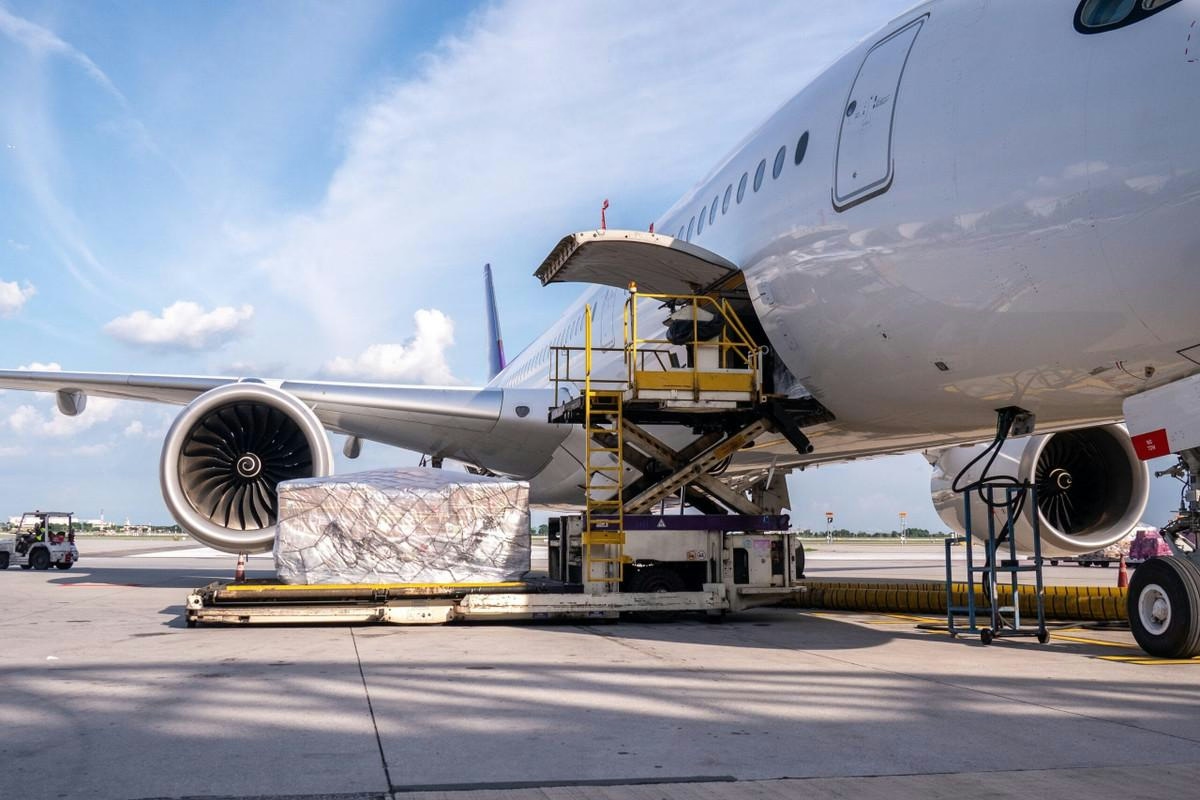
Nigus and AXISCADES to Develop Nigeria’s First Major Aviation MRO Hub
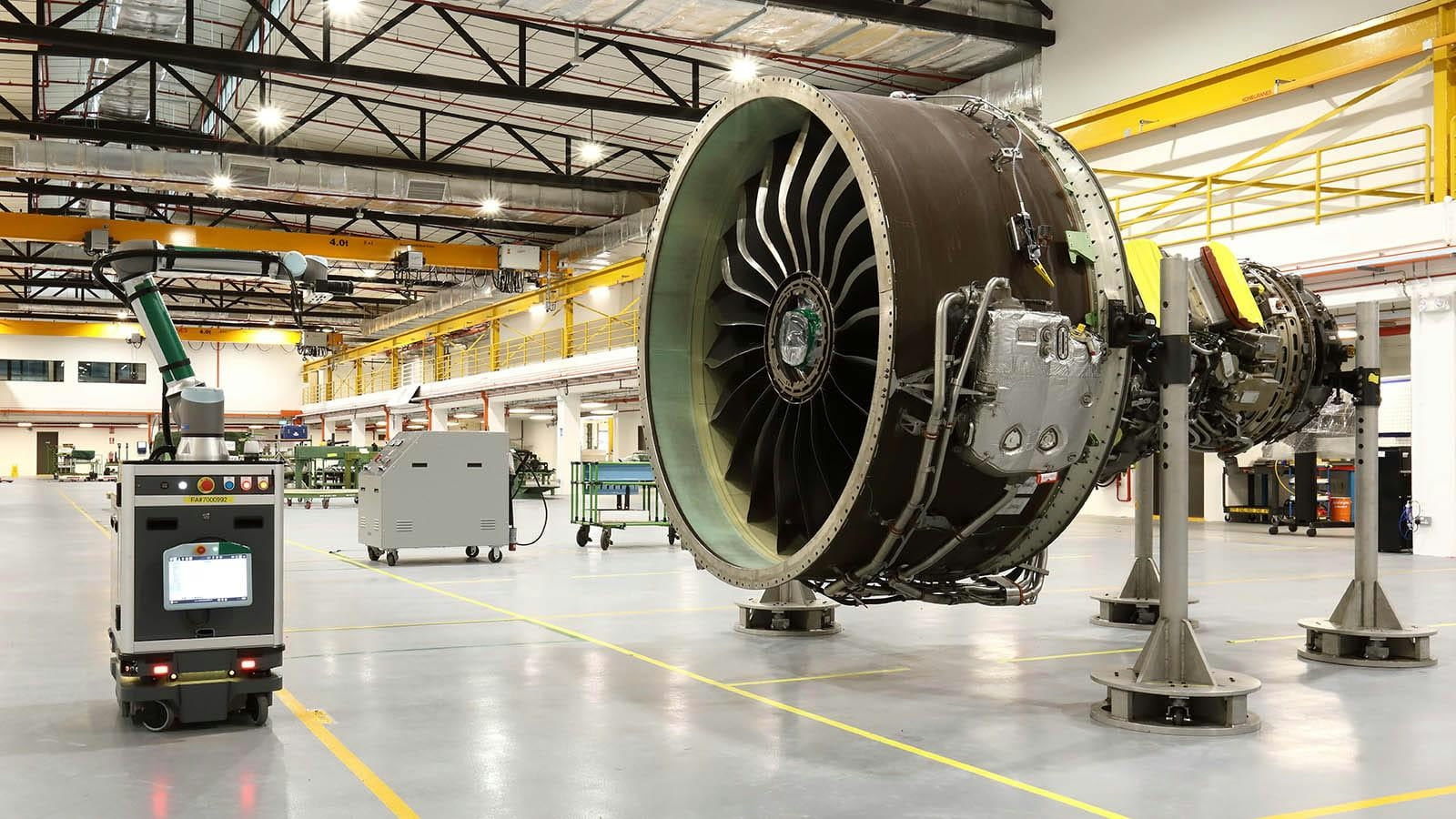
Commission Unveils Industrial Strategy for Aviation Sector
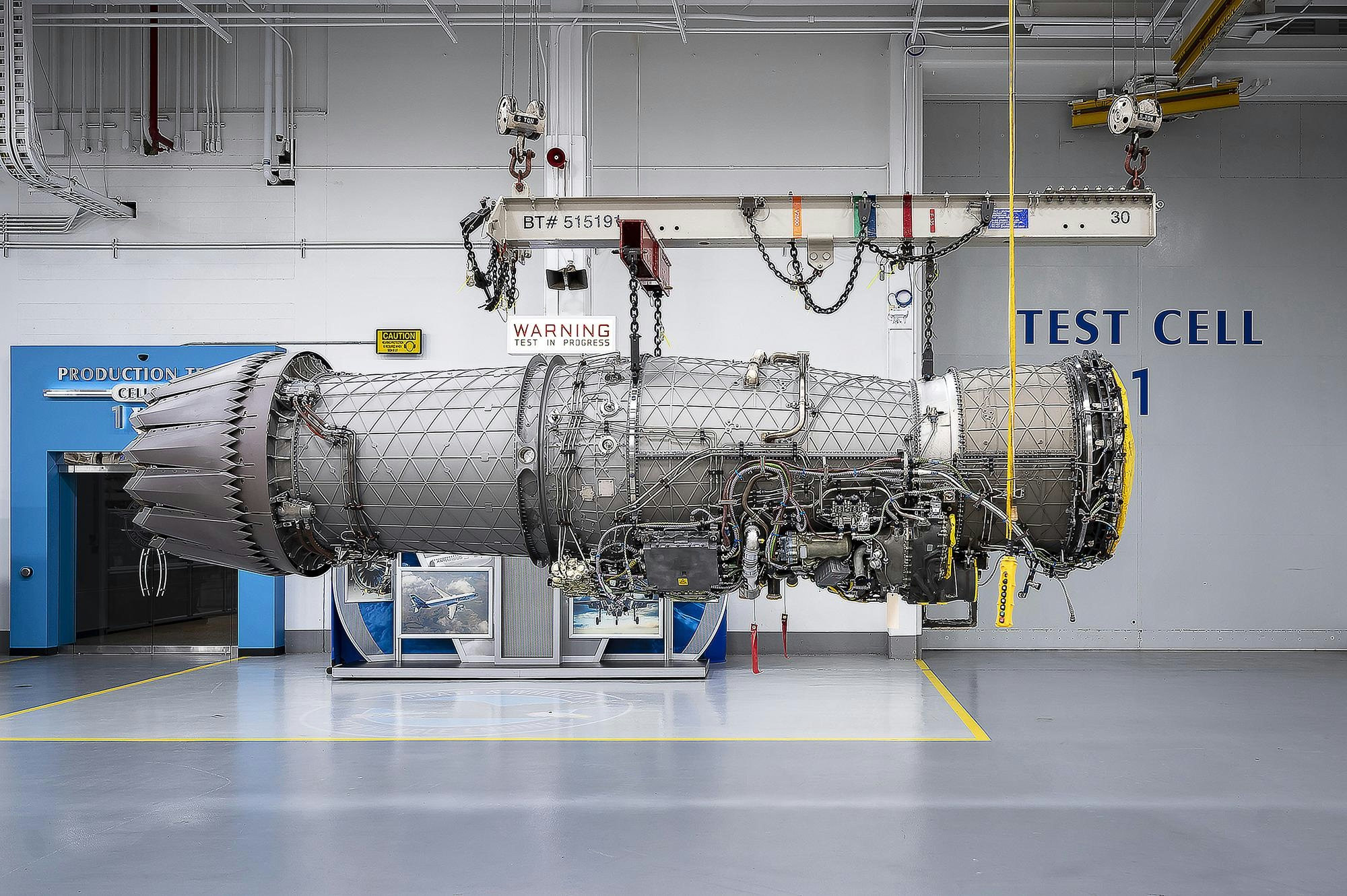
Pratt & Whitney Secures $1.6 Billion Contract for F135 Engine Support
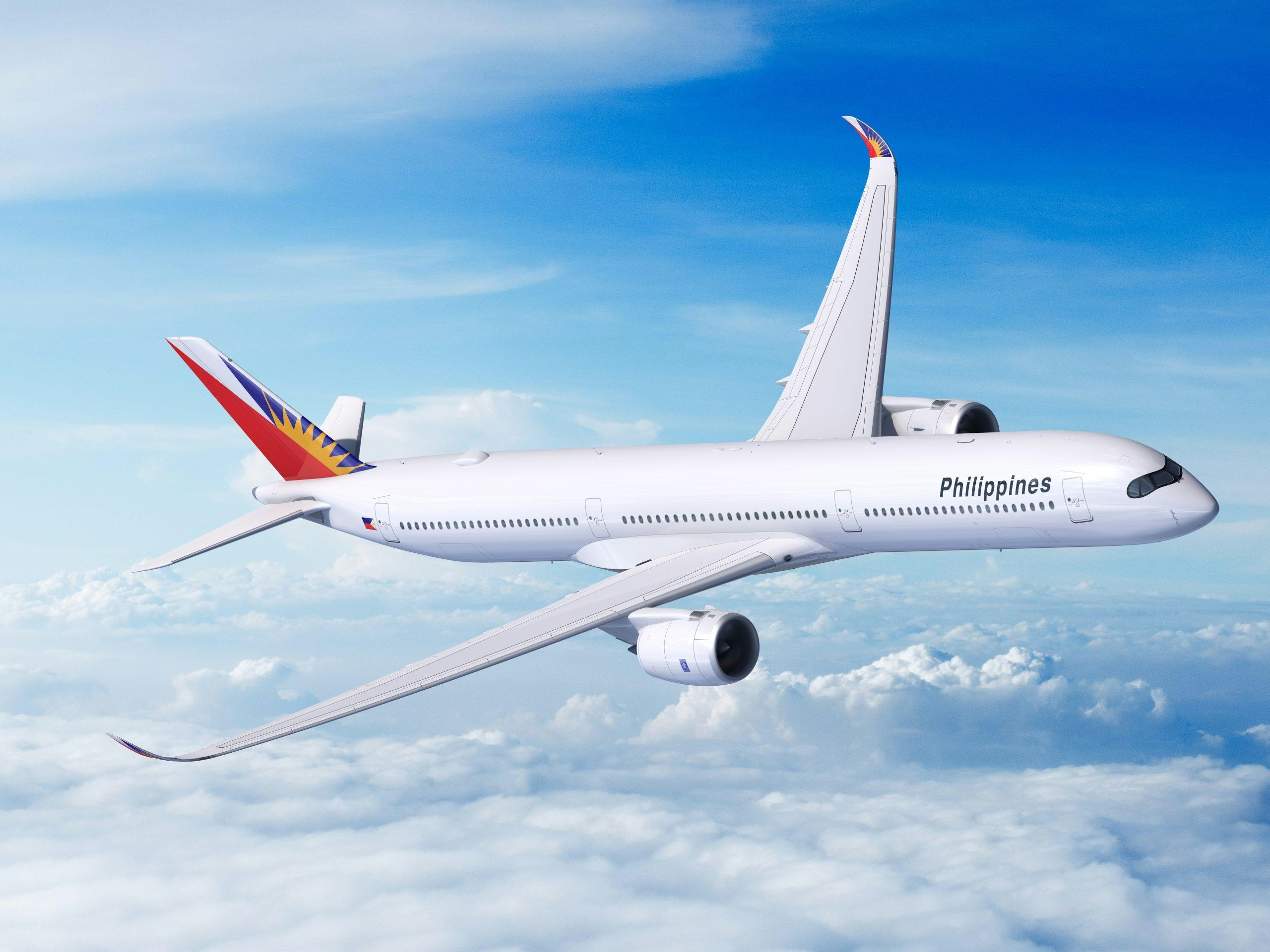
BOC Aviation Completes Sale-Leaseback Deal with Philippine Airlines
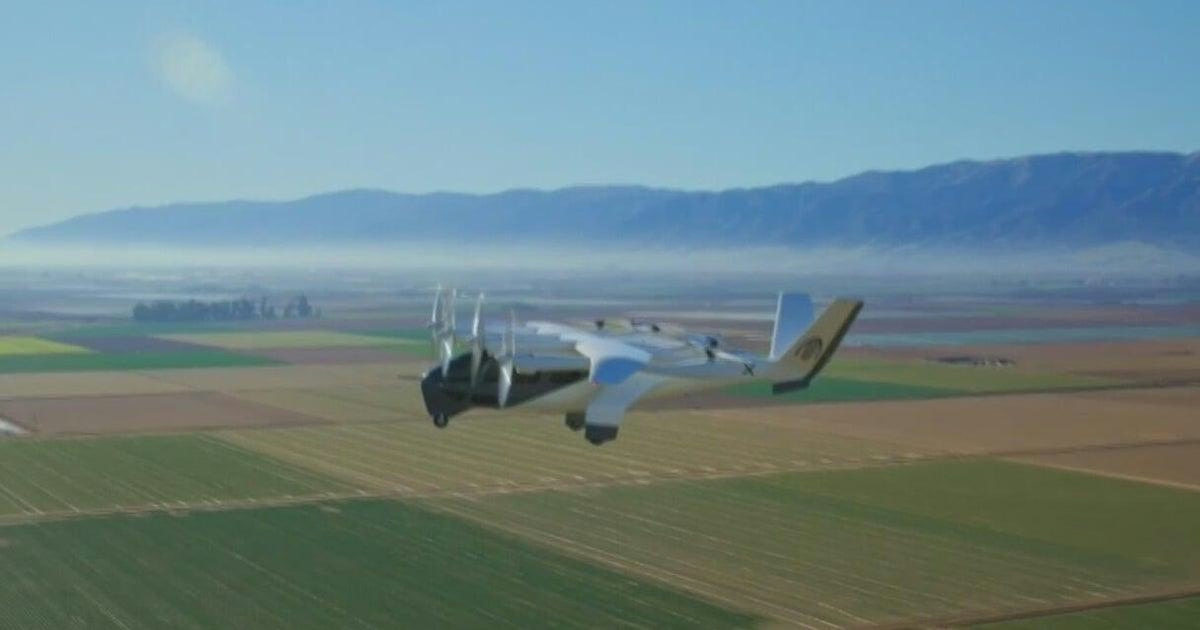
Air taxis promise relief from Miami’s worsening traffic
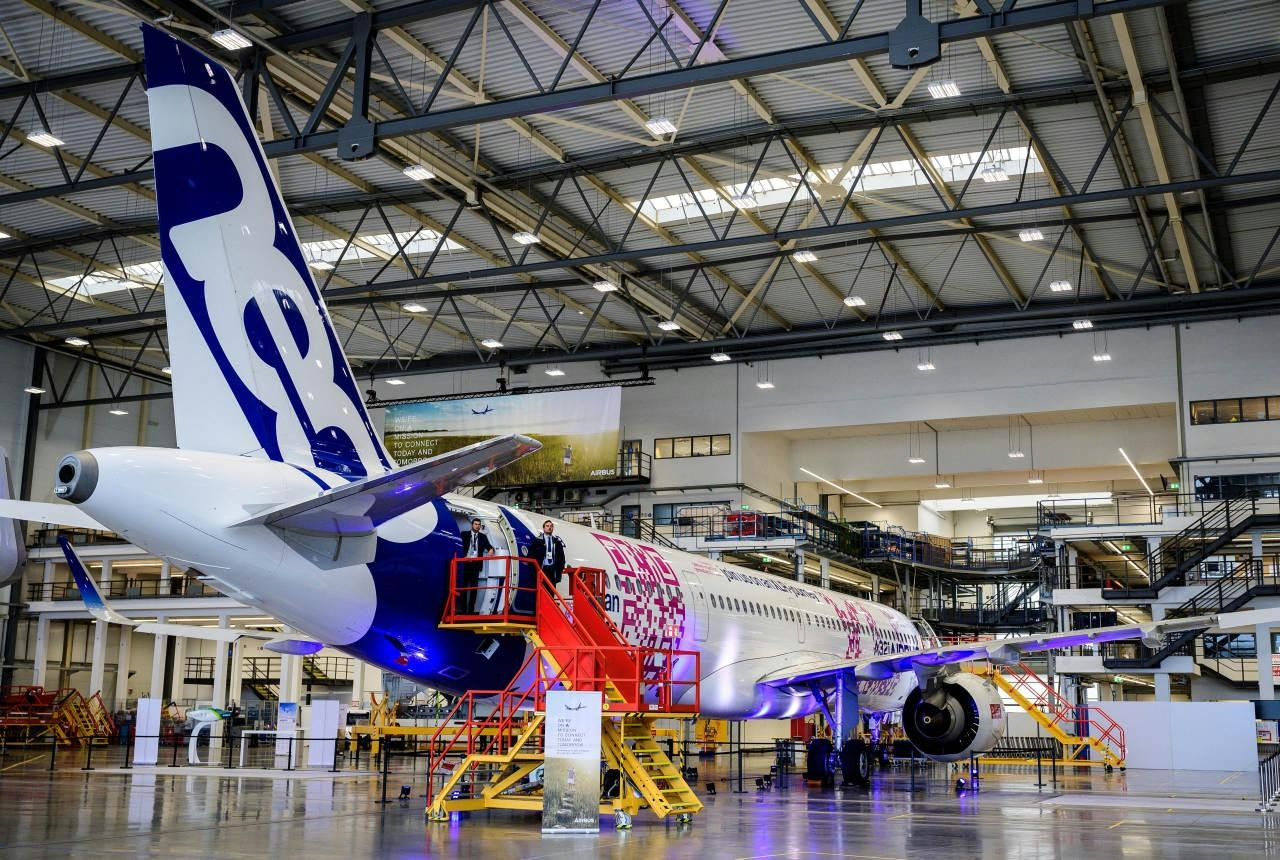
Philippine Airlines Orders Five Airbus A320s in $490 Million Deal
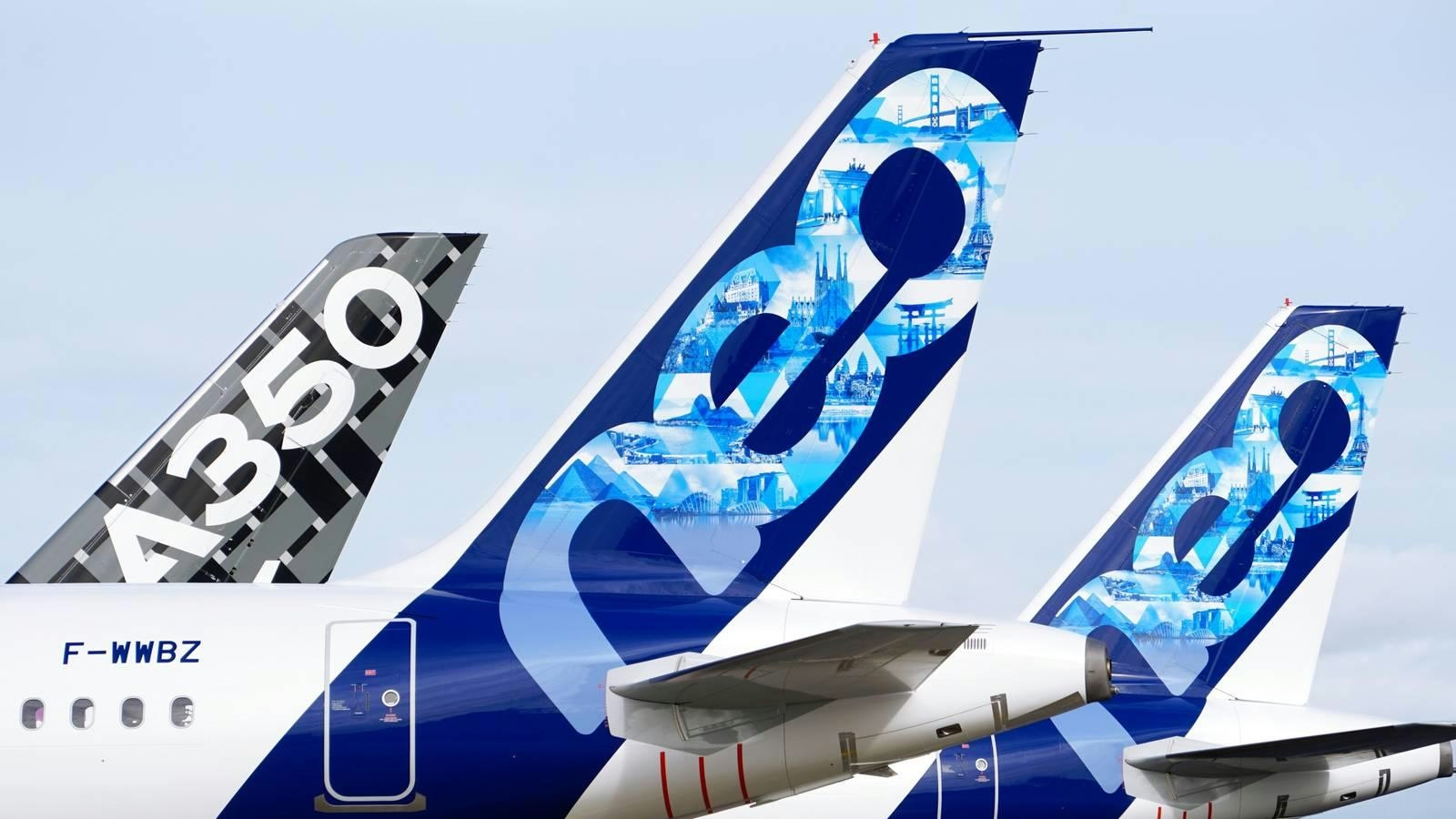
Airbus Lowers Annual Delivery Forecast
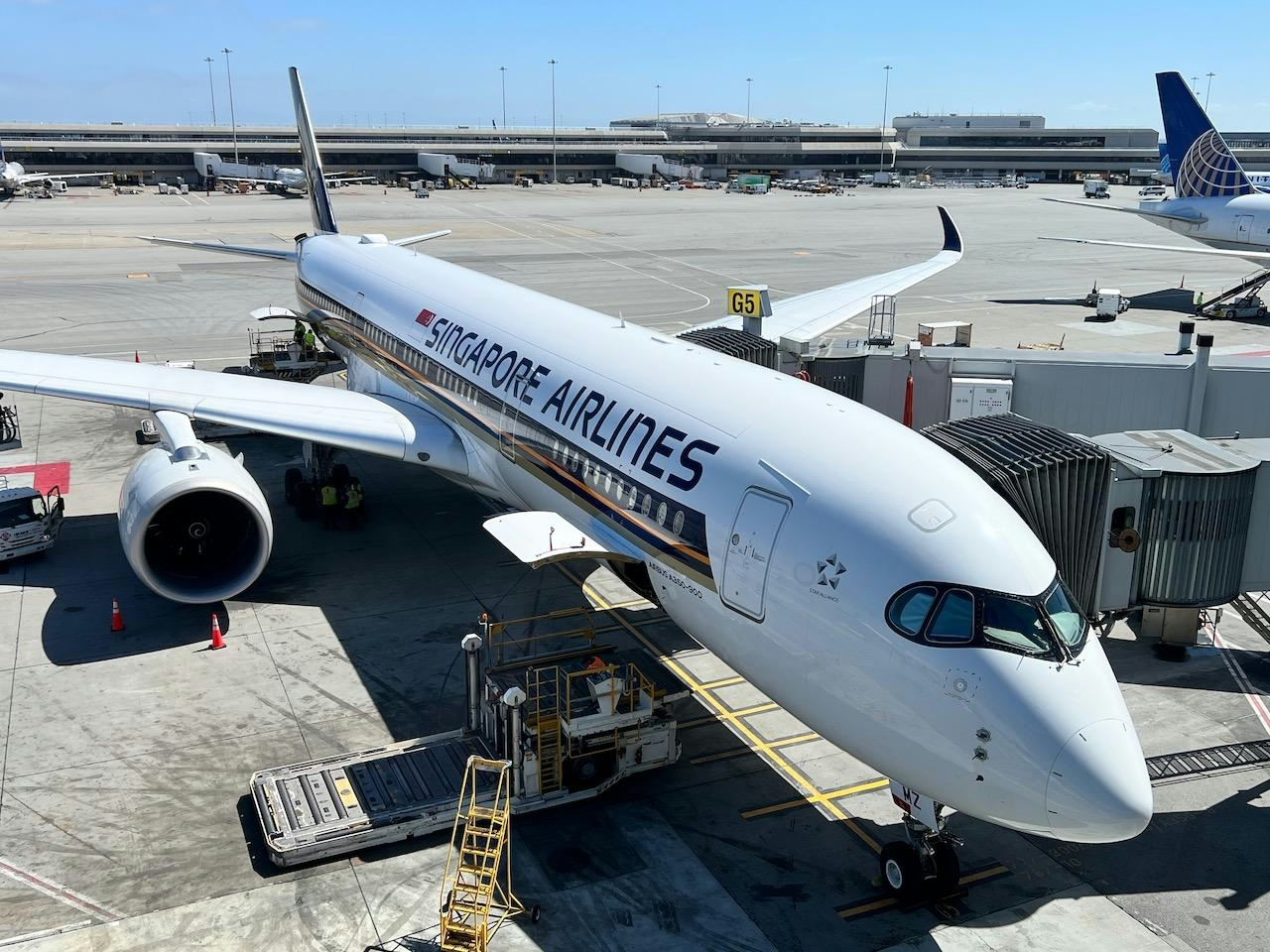
Base Maintenance Malaysia Conducts First Heavy Check on Singapore Airlines Airbus A350
